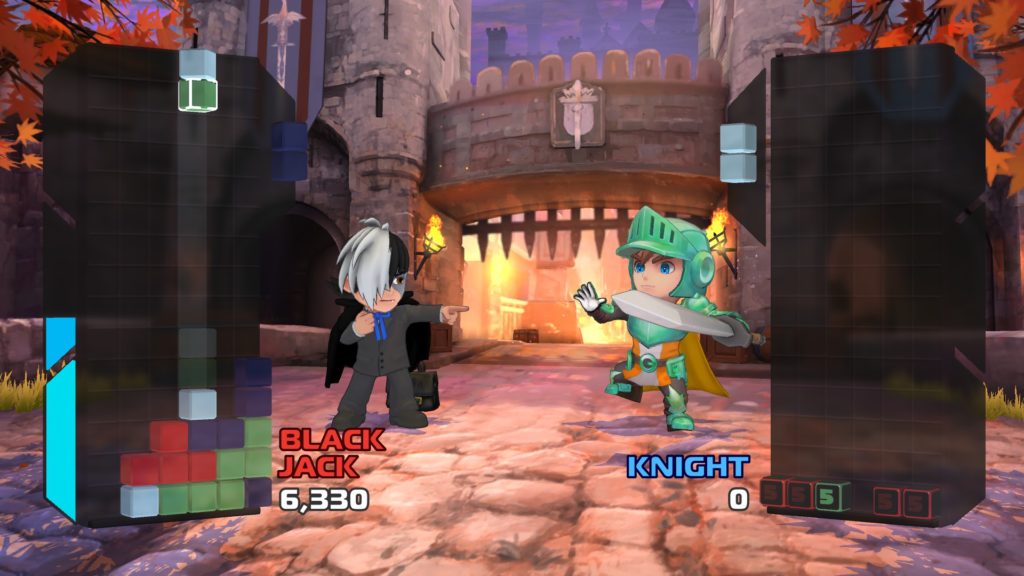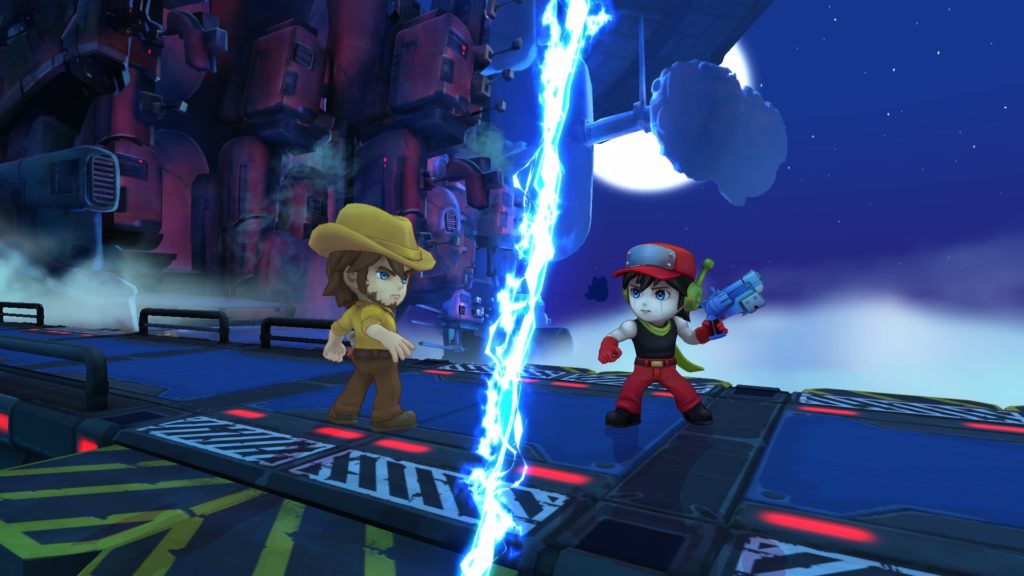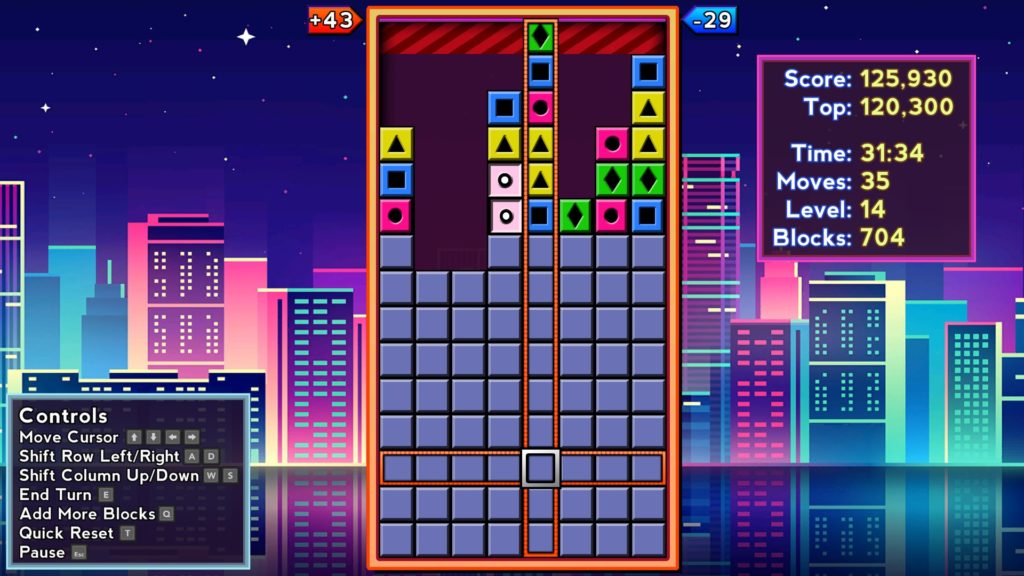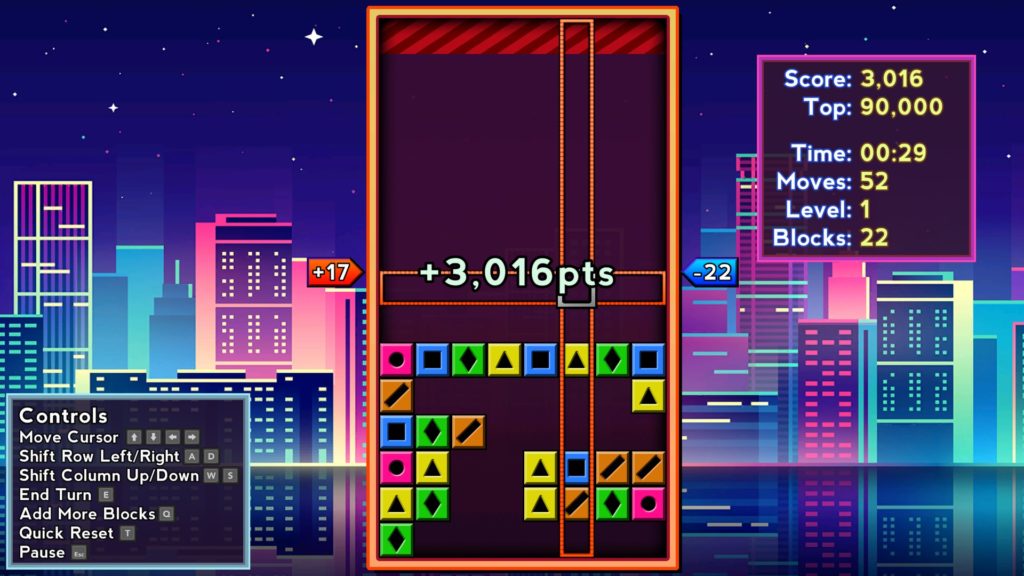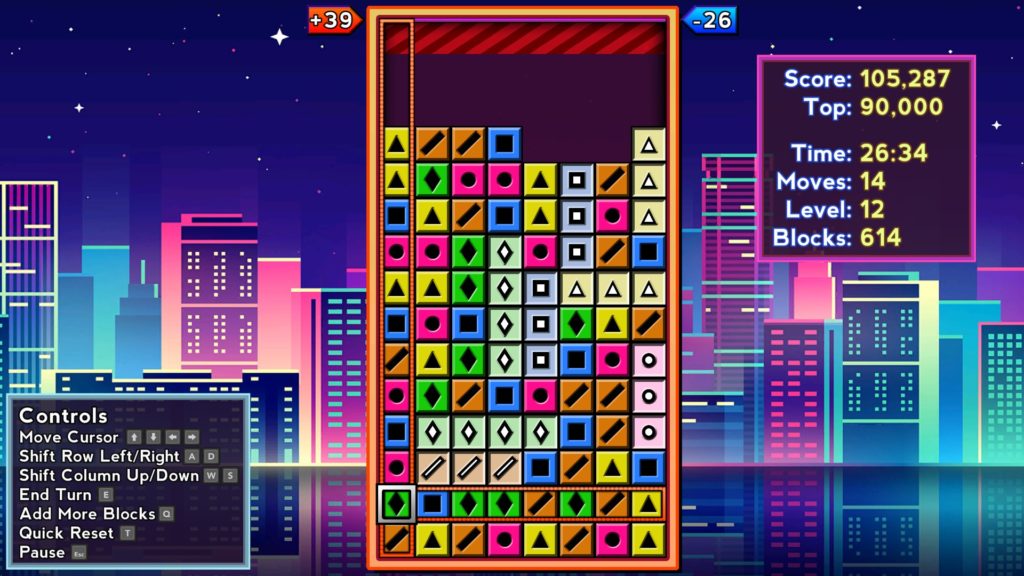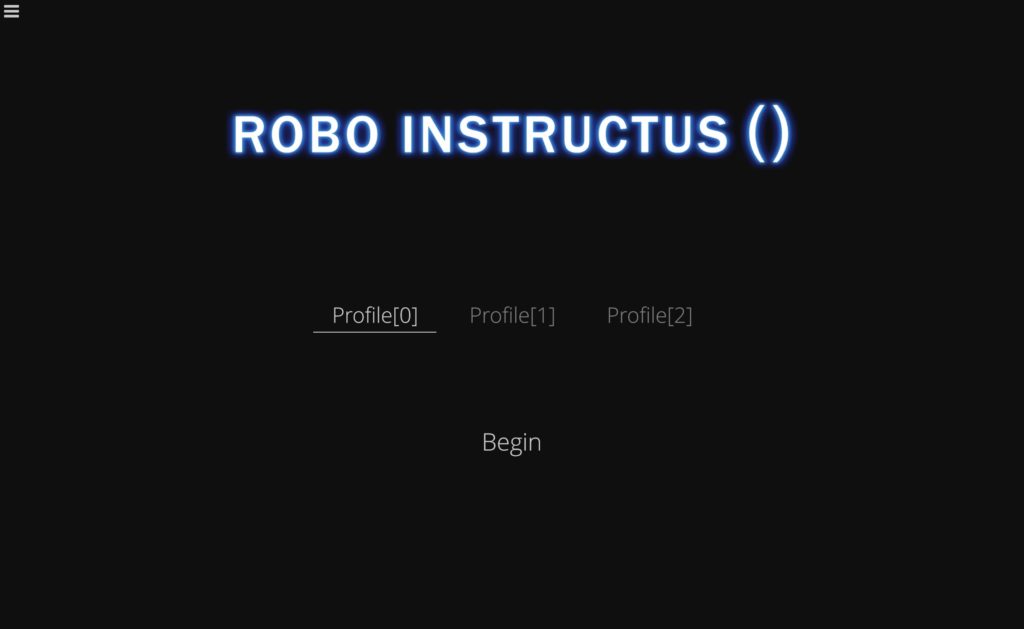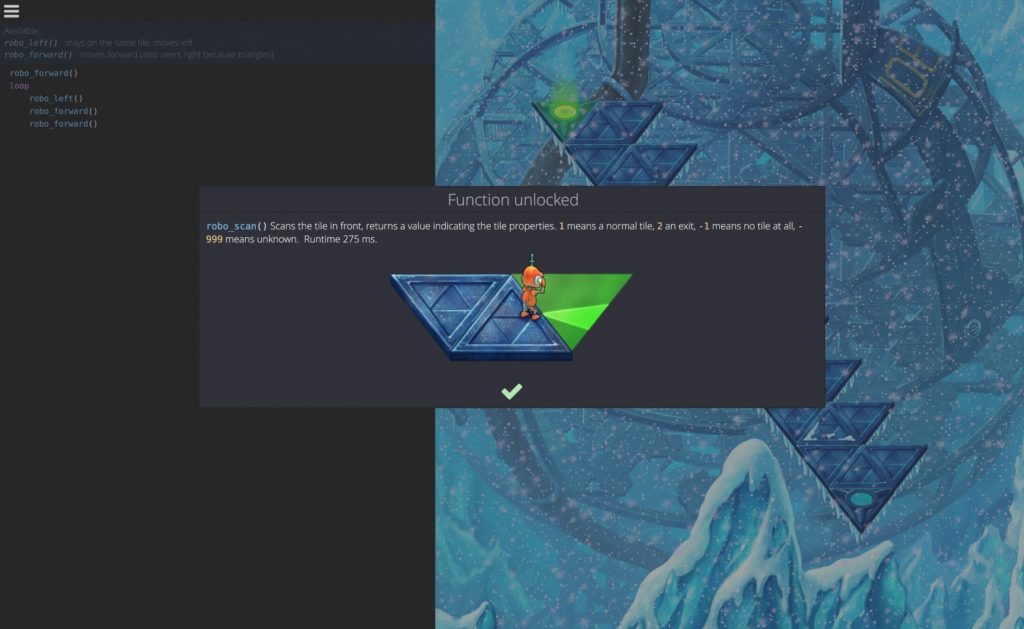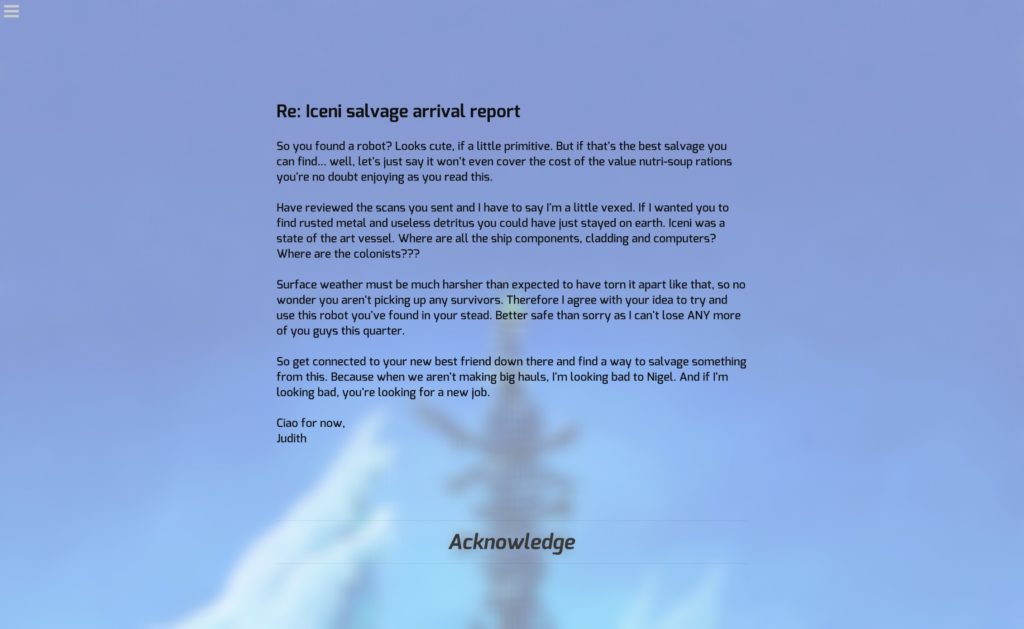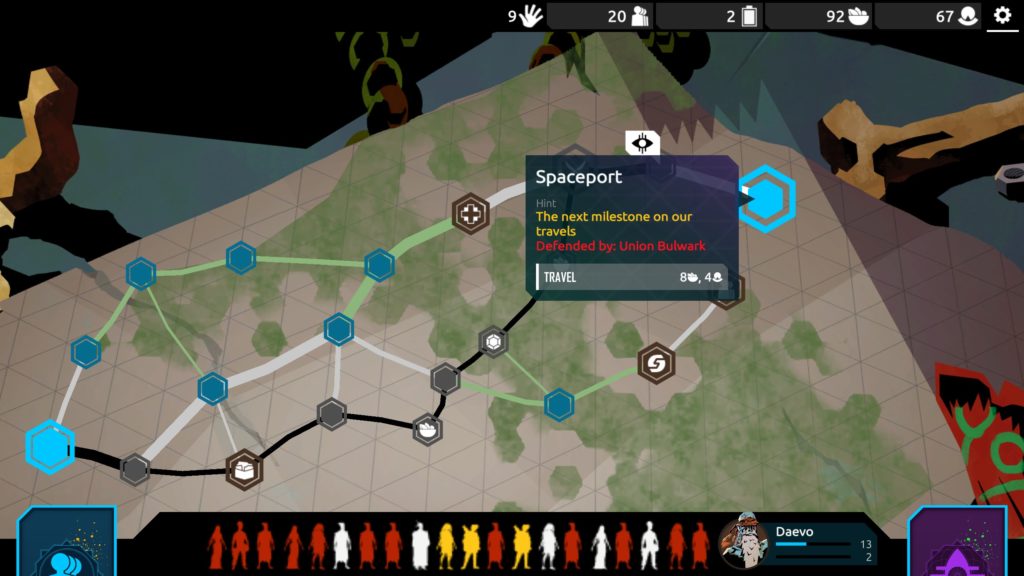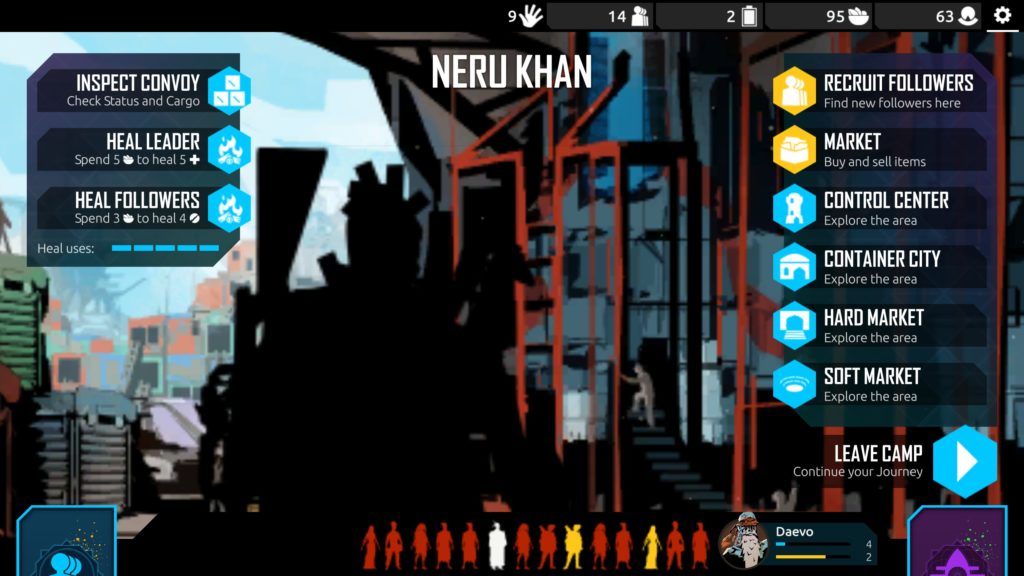Jupiter Hell (Early Access Review)
Source: Cashmoneys
Price: £19.49
Where to Get It: Steam
Doom: The Roguelike was an interesting experience. Not just because I personally find it pleasant to see ASCII renditions of various video game enemies, and enjoy roguelikes, but because it emulated the feel of Doom (swearing as you unload, wondering when the next health pickup will be found, and moving, always moving), while being its own thing.

And Jupiter Hell? Well, those of us who know, know that it is basically Doom: The Roguelike… Remastered. And how does it shape up? Pretty well so far. Let’s get into that.
The basic idea is that, as with most roguelikes, when you act, the enemies act also, and each action takes a certain amount of time (Moving, for example, is the 1.0 to calibrate everything by, while shooting can be slow or fast, depending on the weapon, and some abilities), and the game limits your motion to the four cardinal directions. I mean, you can move diagonally, but that isn’t a single move, but two. The maps use seeds for generation, and they always follow the same set of patterns and general enemy difficulty, although sometimes you get a doozy like coming out of the first area to find seven corrupted soldiers looking at you. And then shooting you to death (In a recent patch, this has been toned down, at least for the first level.)
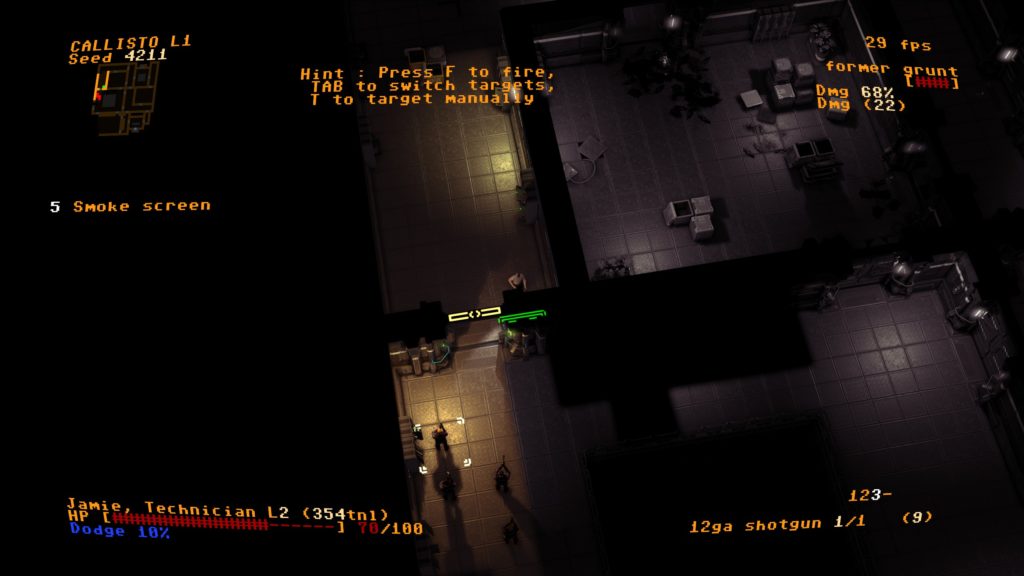
But, thankfully, I only encountered that once, and I’ve always understood where I’d screwed up overall. Another hallmark of a good roguelike. Your objective? To find out what the hell’s goi- It’s to murder everything, because nothing on any of these godforsaken bases can be saved, and a good chunk of it wants to turn you into good chunks. There is cover, and taking advantage of it, as well as baiting enemies into leaving theirs, is part of the tactics. And there are skills you earn at each level, which increase your power somewhat. And there are level branches, each with their own situations to make you feel either really powerful… Or that this was a bad idea.
So, your goal is pretty clear. Your controls are pretty clear, and rebindable to boot. There are CRT effects (including glitching and tearing of the UI at low health), but they can be turned off in the options. While the game is often somewhat dark, your currently targeted enemy is highlighted clearly, as is the next, automatically, when you kill the first, and you can still, most of the time, see the enemies well enough to shoot them. The menus can be a little odd to get used to at first (Mainly, remember that you can hit left and right to see other information, such as what your boomsticks, generally speaking, do. Beyond a practical test for further clarification, obviously.) And musically?
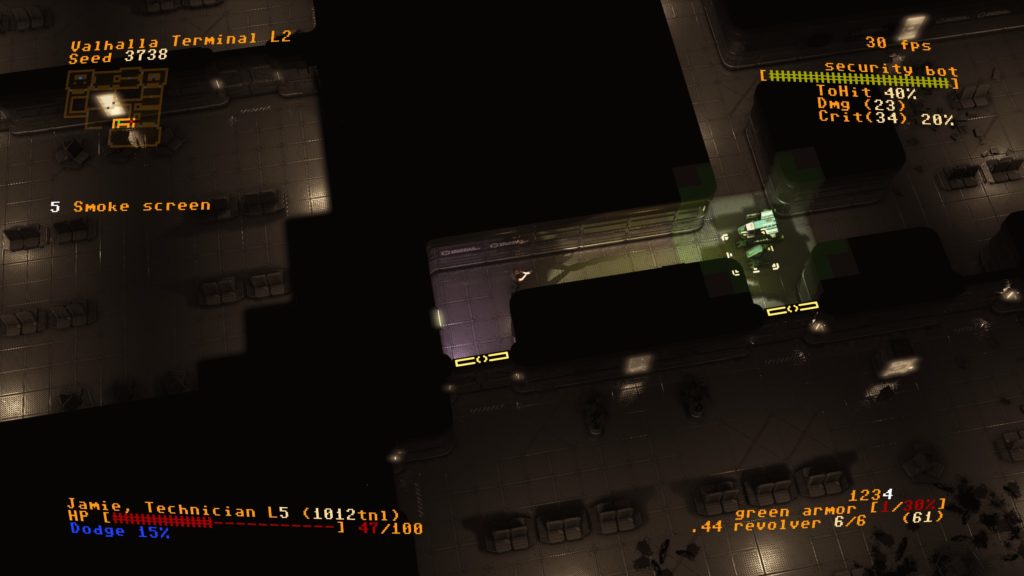
Well, I did say it’s Doom: The Roguelike Remastered, and the music is reminiscent of, but definitely not a copy of, various iconic doom themes. Little riffs, here and there, and the overall tone clue you in, but they’re hard, they’re driving guitar, and sometimes… Sometimes they’re just downright ominous.
And so far, the only thing that I could really say was a turn-off is exactly the same turn-off for many a roguelike: Until you get the situations you see in later levels, it can be frustrating, as can not finding health kits and armour when you feel you really, really need them right about now. But it doesn’t shame you for picking Easy difficulty (In fact, I’m almost certain the entire Bronze achievements of the game can be completed on any difficulty), it’s aesthetically good, it’s mechanically sound while not feeling incomplete (Just a few minor balance issues), and I would say it’s a contender for being a good “First Roguelike I’ve Played.”
Doom was great, and Id are mostly great. And they were actually cool with this keeping the name. Just a friendly reminder for certain assholes from your local, mostly friendly Mad Welshman.


